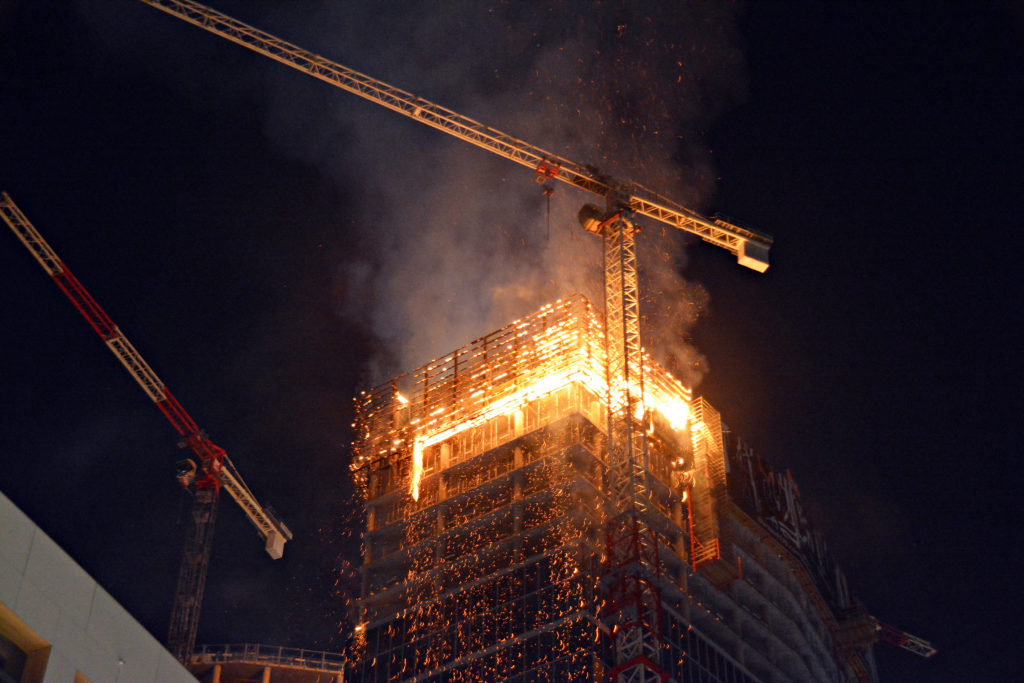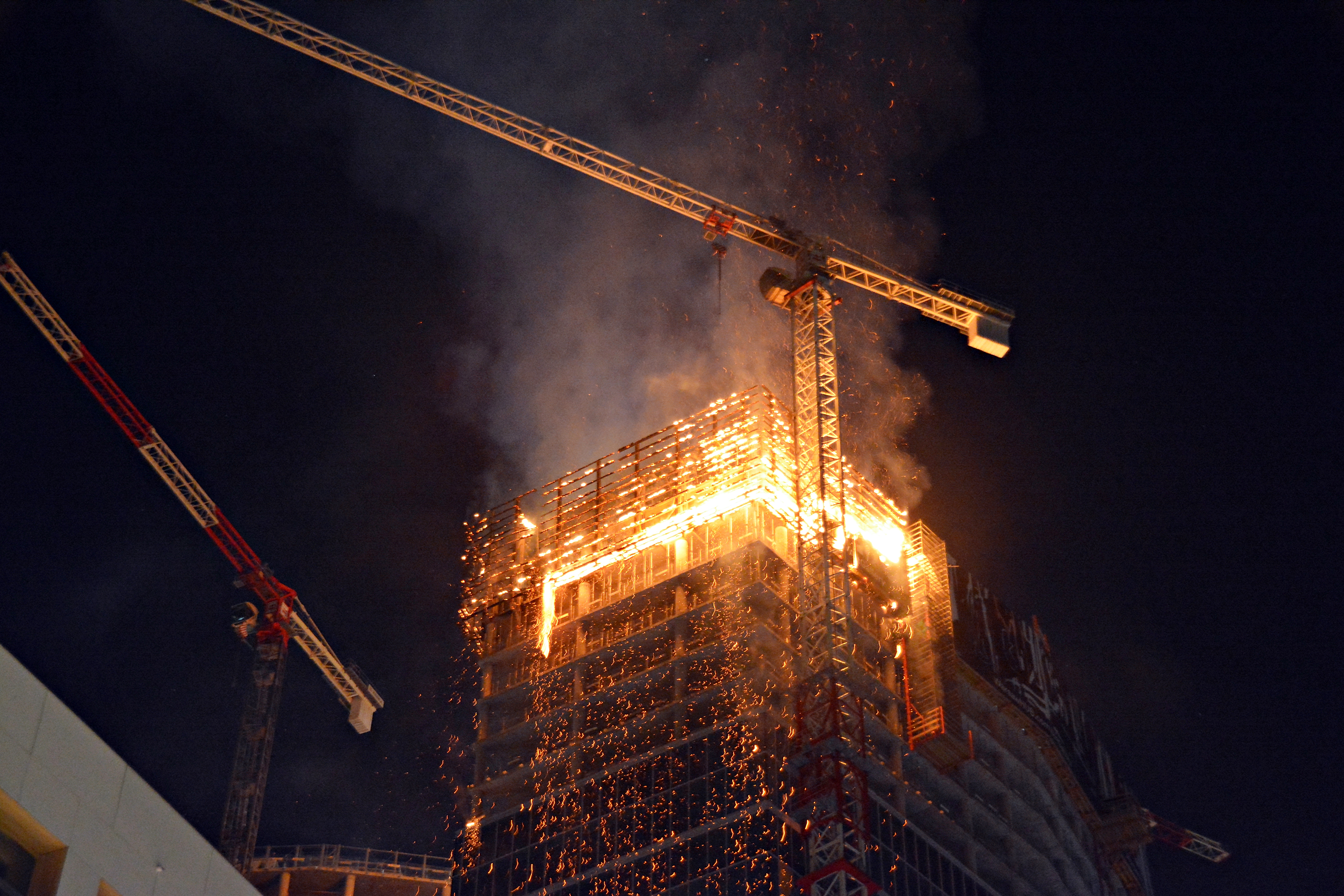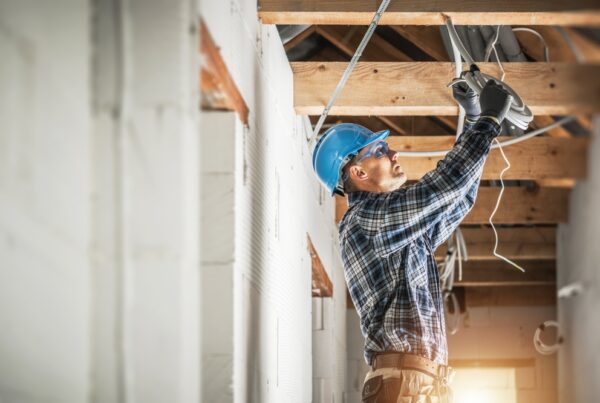Five years after 72 people lost their lives in the Grenfell Tower fire, which broke out on June 14, 2017, the UK government has announced plans to ban the type of cladding used to cover the external walls of the North Kensington high-rise.

The Grenfell inquiry has revealed gaping holes in the procedures for ensuring building fire safety, from product manufacturers, test laboratories, third-party certifiers, builders, architects and even regulators.
Closer to home, in New South Wales, Project Remediate, a joint venture between the New South Wales Cladding Taskforce and Fire and Rescue New South Wales has audited over 185,000 building records and inspected over 4,000 buildings to date. It is predicted that the rectification of high-risk buildings in NSW will be completed by the end of 2023, a significant step forward for the state and Property Council of Australia (PCA).
Project Remediate, the NSW Governments program to remove cladding from residential apartment buildings requires the apartment building to opt-in to use the Government approved contractor. Apartment buildings are then given an interest-free loan to cover the cost of the removal of dangerous, flammable cladding.
The SCA notes that while many states and territories have begun taking action against combustible cladding, few have finalised their plans – which involve the rectification and removal of such dangerous products.
SCA national president Chris Duggan has said that while it is great that each jurisdiction is aware of these issues, only the removal of these dangerous products, which are not paramount to a building’s structural integrity, would eliminate these issues.
Most jurisdictions have banned the relevant dangerous products, [but] it is important to note that these products were generally used for purely aesthetic reasons and did not enhance the structural integrity of buildings, there is no reason for them to be placed on a building ever again.
During the same time, the Victorian Government has removed dangerous, flammable cladding from 154 apartment buildings, with work underway on a further 51 buildings. They have put $600 million on the table through Cladding Safety Victoria and will potentially provide funding for many of the higher risk, class 2 residential buildings authorities have been identified after a state-wide audit.
“Victoria has a clear 10 step process for rectification, and we hope the roll out of this program continues to go well. The scale of investment by the Victorian government is extremely pleasing to see, and we encourage whoever wins the election later this year down south to build on the progress already made and get every Victorian building resident 100 per cent safe as quickly as possible,” said Duggan.
And while action in Queensland has lagged behind the leading states, Mr Duggan said he is pleased that the issue is at least on the Palaszczuk government’s radar, highlighted by a recent bill on the issue getting passed.
The Queensland Parliament recently passed a bill to make enforcement of current compliance provisions easier, despite this, there is no government program on the horizon as yet to help affected buildings rectify.
While the scale of the issue is nowhere near as large as other regions around Australia, that should not mean that safety measures are not applicable, and SCA continue to urge the rest of the nation’s governments to commit to investing in rectifying these issues.
Duggan said the ACT government’s “Private Building Cladding Scheme” is a strong foundation for assessment, but more is needed from the government, including “a rebate increase from the current cap of $20,000”.
While Mr Duggan has celebrated Western Australia’s rapid advances in this area have resulted in only a handful of buildings remaining with the dangerous cladding installed, the new South Australian government is being called upon to move quickly in investing and rectifying the safety concerns of the 28 buildings identified as threatened in its audit.
While the ultimate solution to the problem across all states is to get the inclement products off affected buildings, it is also important and fair that the cost to innocent owners is minimised, and that building managers are helped navigate the technicalities of this issue.
“We believe strata will become the dominant form of housing in this country within our lifetimes and we want all jurisdictions to enhance confidence in these buildings by ensuring everyone is safe in them.”





